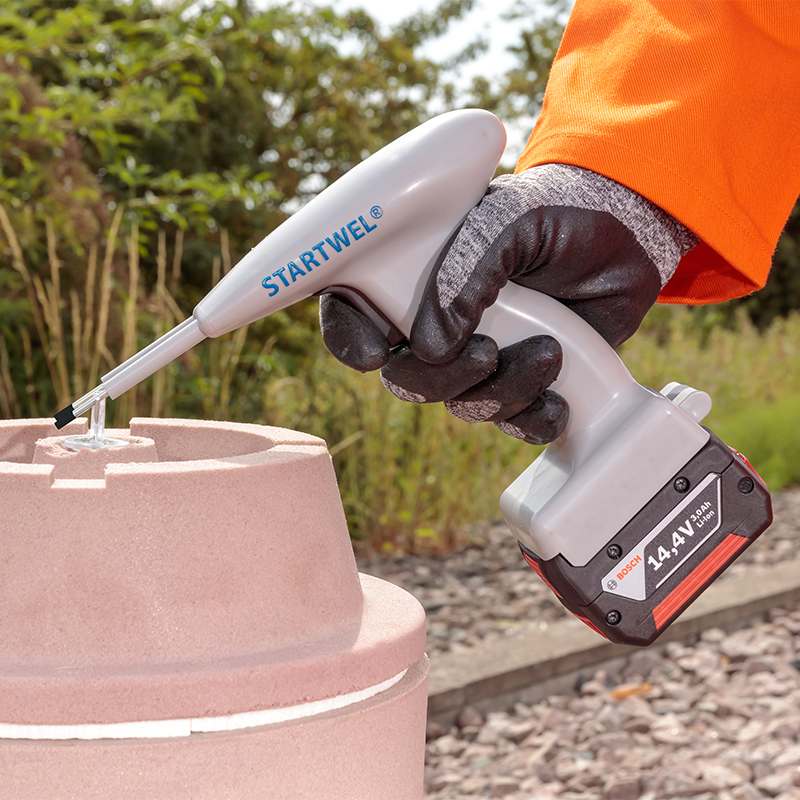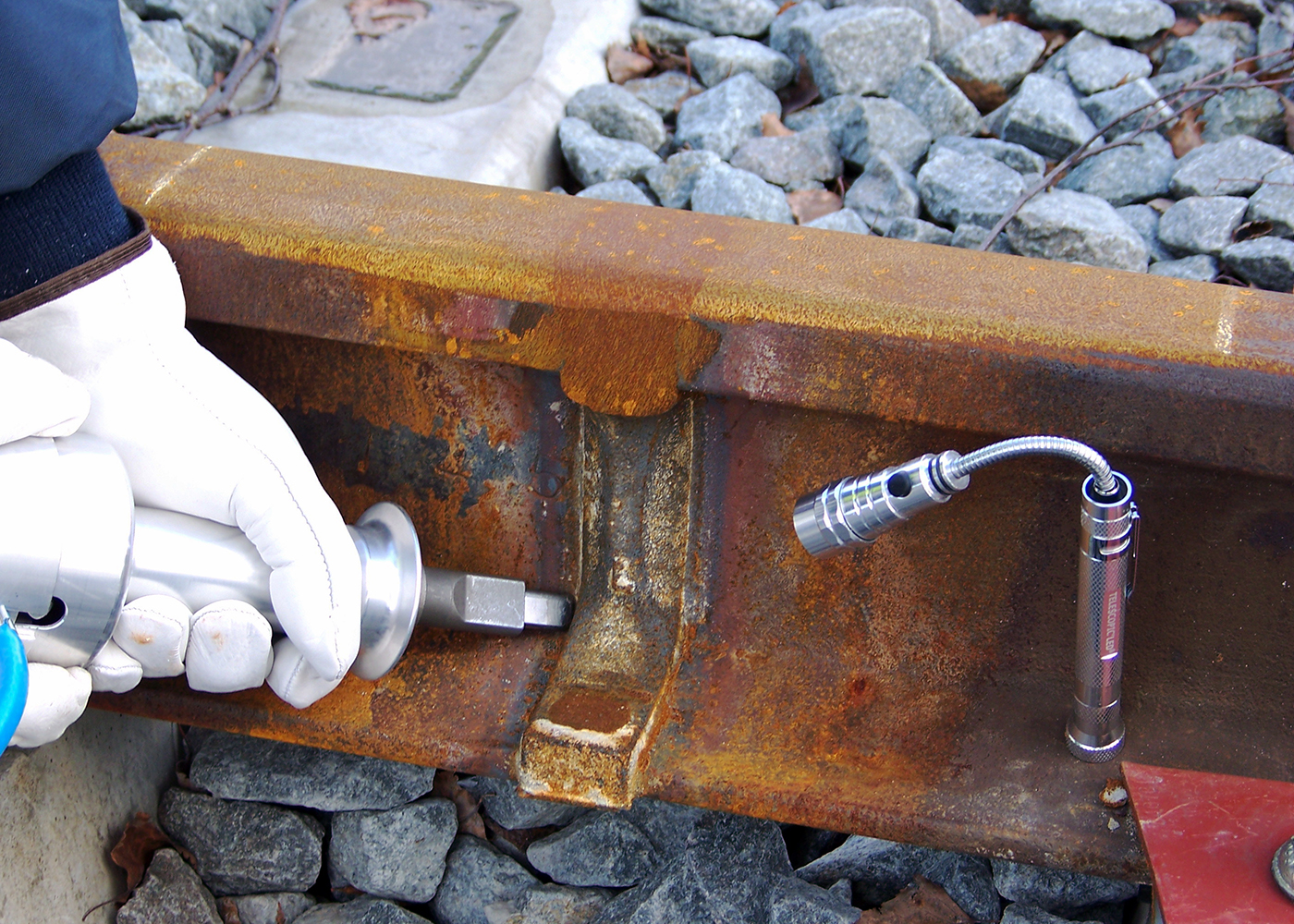WEL-D’STRESS®-Hammer
Der WEL-D’STRESS®-Hammer wurde von Pandrol entwickelt, um die Ermüdungsfestigkeit aluminothermischer Schweißnähte zu verbessern.
Der WEL-D’STRESS®-Hammer führt Druckeigenspannungen ein und verhindert das Auftreten von Ermüdungsflecken bei intensivem Verkehr. Beim Hammerverfahren wird der Hammer eine Minute lang von der Steg-/Kopfverbindung bis zur Fußspitze auf beiden Seiten des Kragens eingesetzt (d. h. mindestens vier Minuten für eine Schweißnaht).
Bei starkem Verkehr können innerhalb von sechs Monaten nach dem Schweißen Brüche an Schweißnähten in empfindlichen Bereichen auftreten. Die Verwendung des WEL-D’STRESS®-Hammers eliminiert dieses Risiko vollständig. Kunden, die die Geräte seit 2007 einsetzen, haben festgestellt, dass die Lebenserwartung von Schweißnähten in Bereichen mit hohem Verkehrsaufkommen mit der der Schiene identisch ist.
WEL-D’STRESS® Hammer product overview
The WEL-D’STRESS® system introduces residual stresses of compression and prevents the appearance of fatigue stains when traffic is intense.
- The hammering procedure involves using the hammer for one minute from the web/head connection to the tip of the foot on either side of the collar
- When traffic is heavy, fractures can occur in welds in sensitive areas within six months of welding
- The life expectancy of welds in high-traffic areas is identical to that of the rail.
Downloads
Benefits of the WEL-D’STRESS® Hammer
Increases track longevity
Using the WEL-D’STRESS® hammer results in a very significant increase in the length of time before an aluminothermic weld shows signs of fatigue.
Low maintenance
Less maintenance is needed – the life expectancy of welds in high traffic areas is identical to that of the rail.
Value for money
As a result, maintenance costs are reduced and the system offers optimised life cycle cost (LCC).
Increased availability
There is increased availability of the infrastructure.
Easy installation
The WEL-D’STRESS® hammer is easy to transport and use.
Versatile
The equipment is efficient and effective for welding on all types of rail and very high traffic networks.
Technical features
Pneumatic system
The WEL-D’STRESS® hammer is a pneumatic system.
Usable with cold and hot welding
WEL-D’STRESS® can be used with aluminothermic welds from ambient temperature up to 300°C maximum.
Designed for ease of use
The equipment has been designed to be extremely easy and intuitive to use.
Compact size
The kit is compact and easy to carry. It comes in a strong case, certified IP67.
Versatility
The WEL-D’STRESS® hammer can be used on all types of rail and very high traffic networks. This includes heavy haul lines and intense urban traffic networks, such as RER and Metro.
Related products
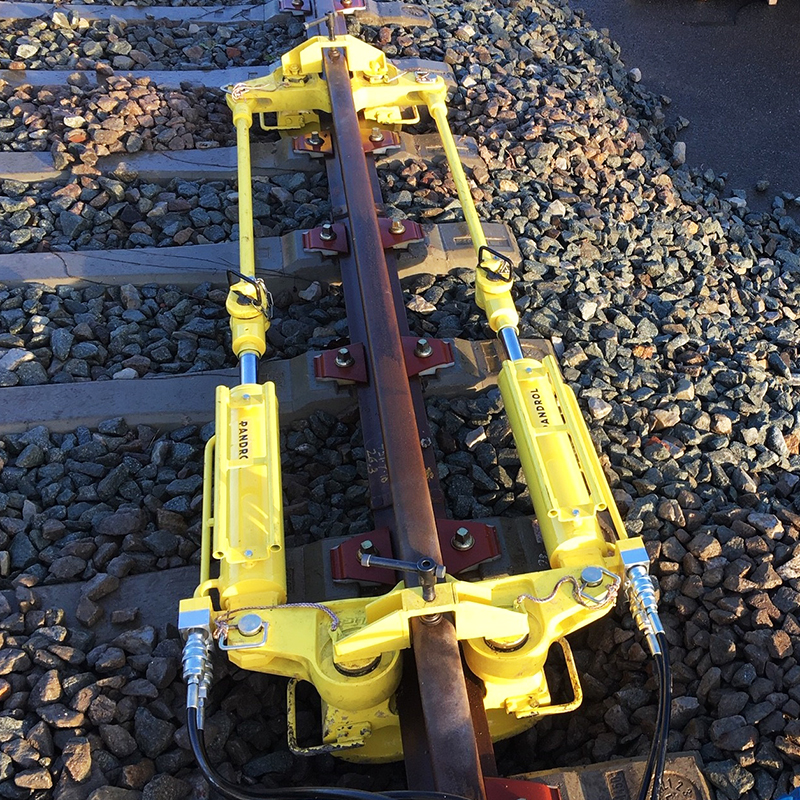
Schienenstressor TR75
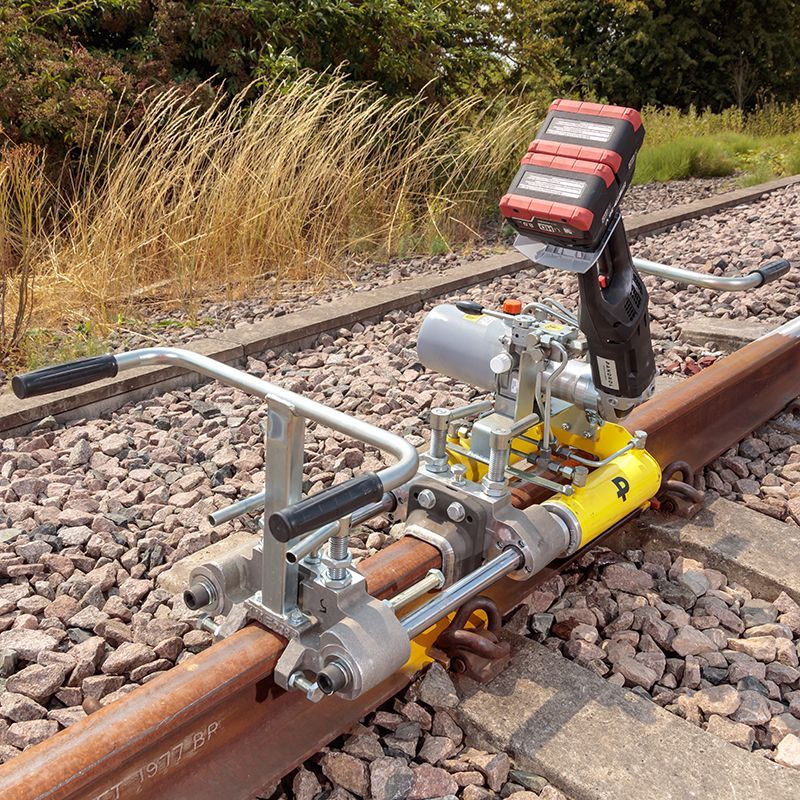
The shearing process takes place after mould release.
Leichte batteriebetriebene Schweißschere EMB1/EMB2/EMB2 RAG

As rail track technology continues to make major advances to cope with increasing axle weight and tonnage, the steel used for tracks has become purer and harder.
Schienen-Trennscheiben
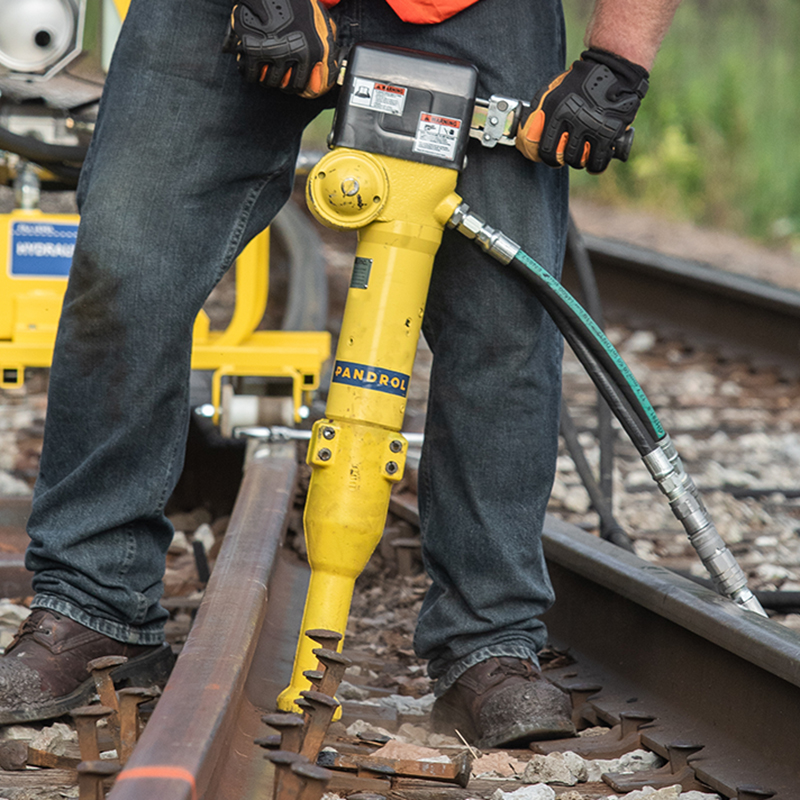
Dorntreiber 08300
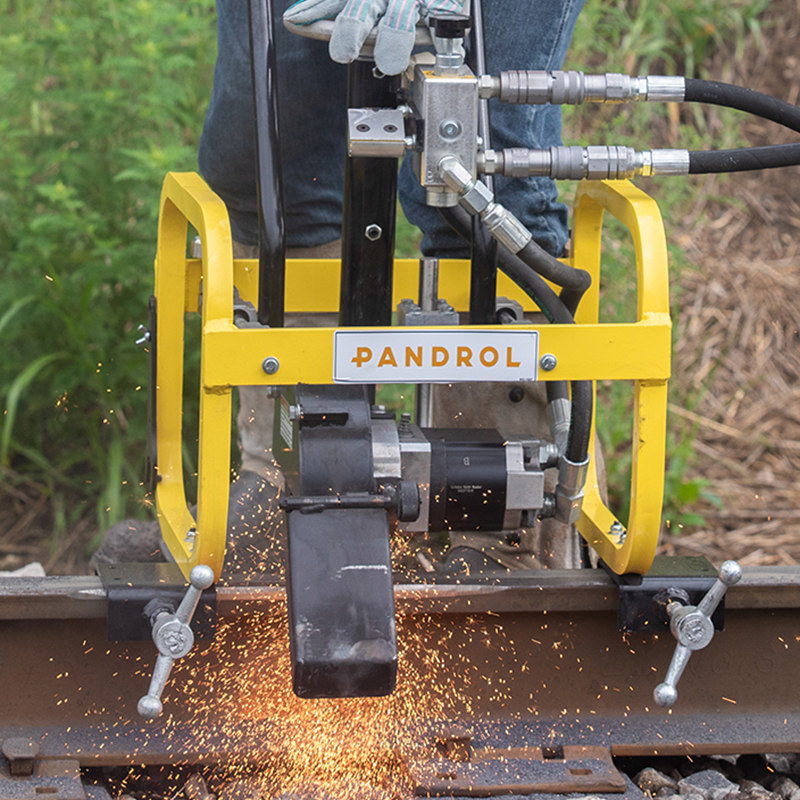
09300 Kopf-Wasch-Schleifmaschine
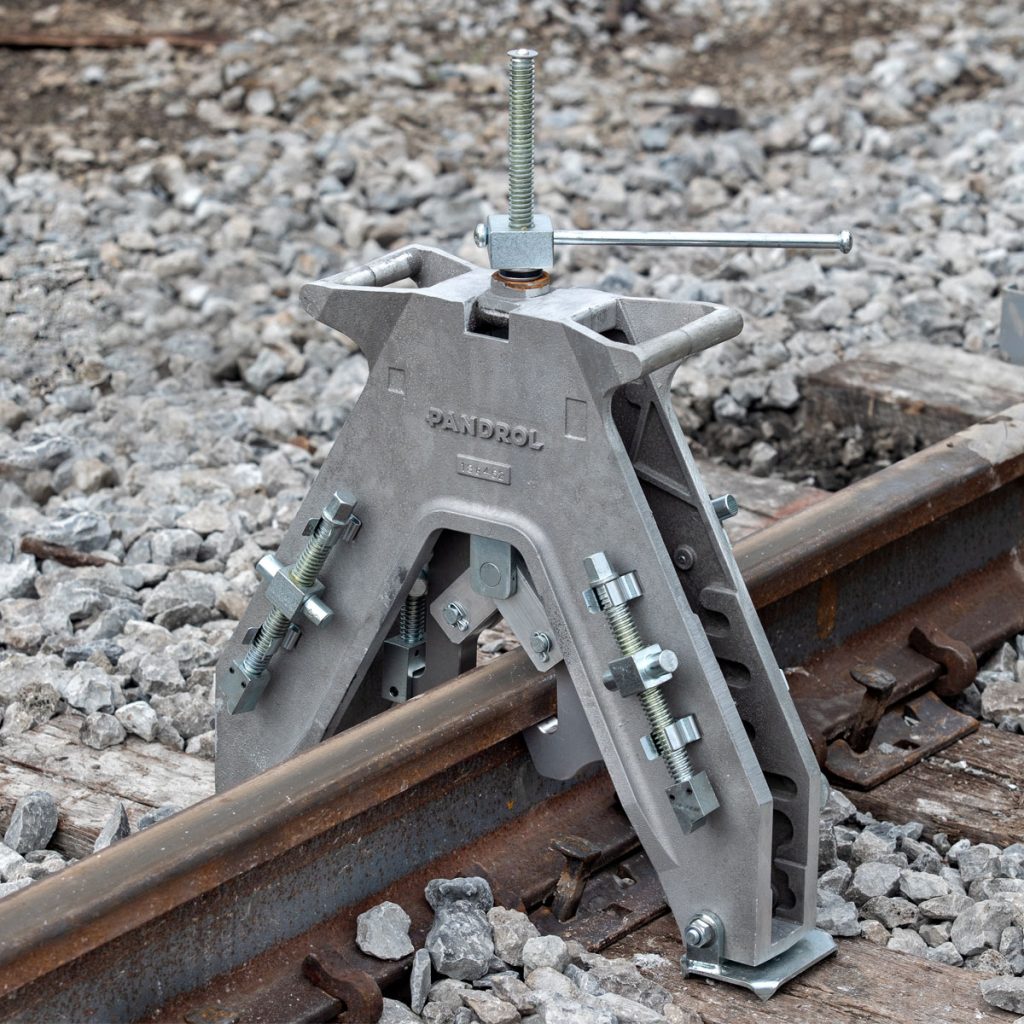
Modification of the Rail Aligner’s jaws enable it to be used for all rail types, including vignole, crane rails and grooved rails.
A-Frame
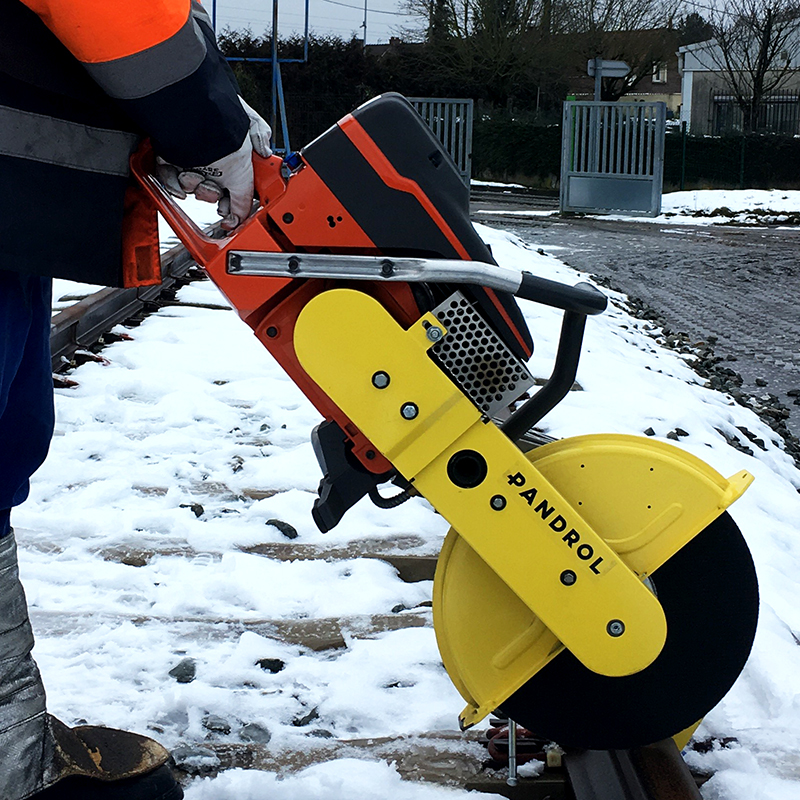
HC 355 Schienensäge
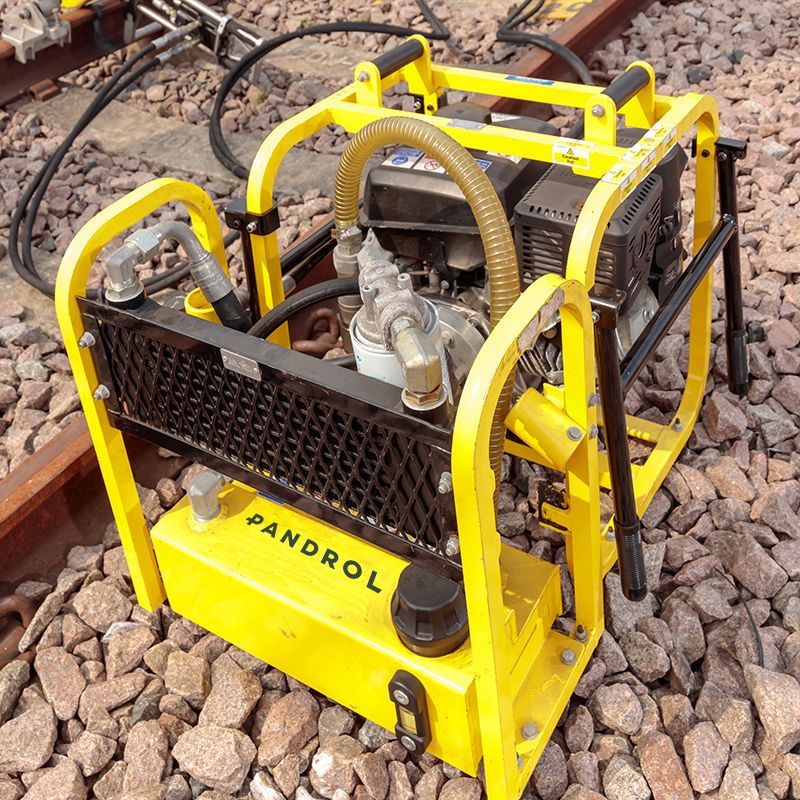
Modulare Leistungseinheit 02050RM
